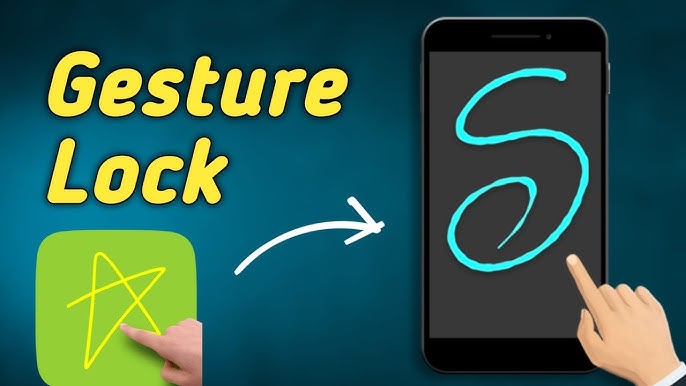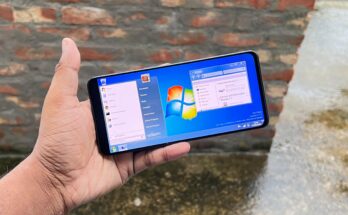In today’s digital age, securing personal data is more important than ever. One of the most popular and user-friendly methods of securing smartphones and tablets is the gesture lock. Unlike traditional PINs or passwords, a gesture lock allows users to unlock their devices by drawing a predefined pattern on a grid of dots. This method offers a balance between security and convenience, making it a preferred choice for many users.
How Gesture Lock Works
A gesture lock typically consists of a 3×3 grid of dots. Users set a unique pattern by connecting at least four dots in a specific sequence. Once the pattern is saved, the device can only be unlocked by reproducing the exact gesture. Advanced systems may also incorporate features like invisible patterns or time-based delays to enhance security.
Advantages of Gesture Lock
- Ease of Use – Drawing a pattern is often faster than typing a password, especially on touchscreen devices.
- Visual Memory Aid – Many users find it easier to remember a visual pattern than a complex alphanumeric password.
- Customizable Security – Users can create simple or complex patterns depending on their security needs.
- Reduced Shoulder Surfing Risk – Since the pattern is drawn rather than typed, it is harder for bystanders to memorize.
Potential Security Concerns
While gesture locks are convenient, they are not without vulnerabilities:
- Predictable Patterns – Many users create simple shapes (like “Z,” “L,” or “S”), making them easier to guess.
- Smudge Attacks – Fingerprint smudges on the screen can reveal the pattern to an attacker.
- Limited Complexity – A 3×3 grid offers only a finite number of possible combinations compared to alphanumeric passwords.
To mitigate these risks, users should:
- Avoid common patterns.
- Regularly clean their screens.
- Use longer, more complex gestures.
Future of Gesture Locks
As technology evolves, gesture locks may incorporate biometric authentication (such as fingerprint or facial recognition) for multi-factor security. Some experimental systems are exploring larger grids or pressure-sensitive patterns to increase complexity.
Conclusion
Gesture locks provide a quick and intuitive way to secure mobile devices. While they may not be as robust as advanced authentication methods, they offer a practical balance between security and usability. By adopting best practices—such as using complex patterns—users can maximize protection while enjoying the convenience of gesture-based unlocking.




